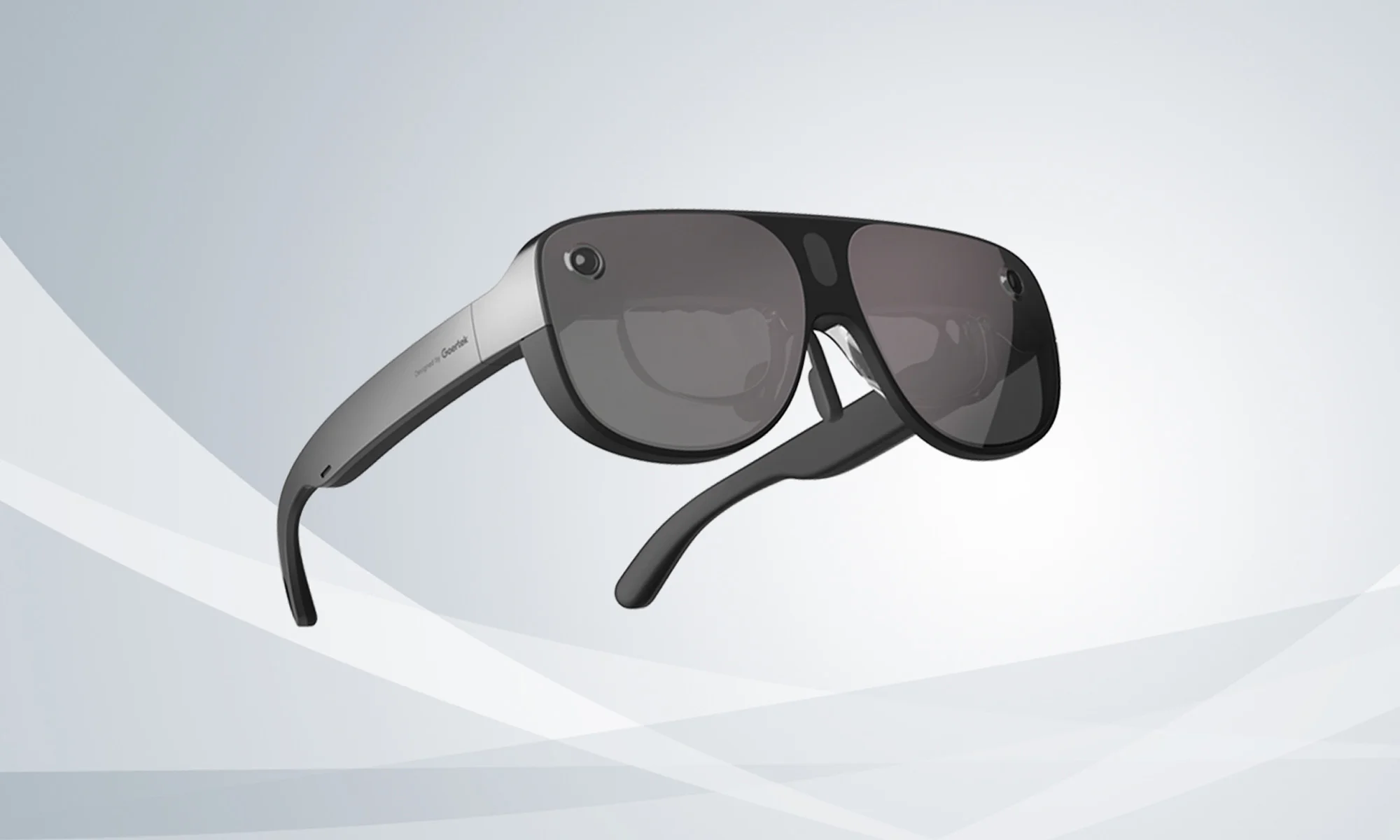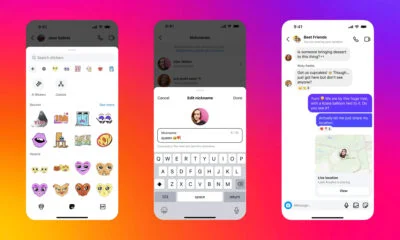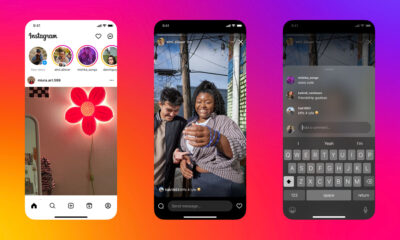News
Instagram Tests Vertical Profile Grids Instead Of Squares
A company spokesperson says the “limited test” is happening because the “vast majority” of Instagram uploads are vertically-oriented content.

Instagram is testing a potentially major change to profile pages: making the squares in your profile grid vertical rectangles. Some users recently spotted the test, and there have been indications from at least 2022 that the company has toyed with a rectangular grid.
“The vast majority of what is uploaded to Instagram today is vertical,” Instagram chief Adam Mosseri explained in a Story on Friday, August 16, discussing the test. “It’s either 4 by 3 in a photo or 9 by 16 in a video, and cropping it down to square is pretty brutal”.
Mosseri revealed that “squares are from way back in the day when you could only upload square photos to Instagram,” a limitation the platform removed nearly a decade ago. Mosseri told users that the company knows that the changes may be annoying for those who have spent a great deal of effort and time “curating and making sure everything lines up” but says, “I would really like to do better by the content today”.
“We’re testing a vertical profile grid with a small number of people,” Instagram spokesperson Christine Pai said in a recent statement to journalists. “This is a limited test, and we’ll be listening to feedback from the community before rolling anything out further”.
So it looks as though perfectionists who have planned out their profile grids around squares might be a little annoyed when the entire site moves over to vertical rectangle content.
Also Read: How To Permanently Delete Your Instagram Account
Here’s the full transcript of Mosseri’s explanation:
“We’re actually testing a vertical grid, for those of you who haven’t seen it yet, for your profile, instead of squares. Now, squares are from way back in the day when you can only upload square photos to Instagram. I know this can be annoying for some of you who really spent a lot of time curating and making sure everything lines up, but I would really like to do better by the content today. The vast majority of what is uploaded to Instagram today is vertical. It’s either 4 by 3 in a photo or 9 by 16 in a video, and cropping it down to square is pretty brutal. So, I’m hoping we can figure out a way to manage this transition”.
News
Samsung Smart Glasses Teased For January, Software Reveal Imminent
According to Korean sources, the new wearable will launch alongside the Galaxy S25, with the accompanying software platform unveiled this December.

Samsung appears poised to introduce its highly anticipated smart glasses in January 2025, alongside the launch of the Galaxy S25. According to sources in Korea, the company will first reveal the accompanying software platform later this month.
As per a report from Yonhap News, Samsung’s unveiling strategy for the smart glasses echoes its approach with the Galaxy Ring earlier this year. The January showcase won’t constitute a full product launch but will likely feature teaser visuals at the Galaxy S25 event. A more detailed rollout could follow in subsequent months.
Just in: Samsung is set to unveil a prototype of its augmented reality (AR) glasses, currently in development, during the Galaxy S25 Unpacked event early next year, likely in the form of videos or images.
Additionally, prior to revealing the prototype, Samsung plans to introduce…
— Jukanlosreve (@Jukanlosreve) December 3, 2024
The Galaxy Ring, for example, debuted in January via a short presentation during Samsung’s Unpacked event. The full product unveiling came later at MWC in February, and the final release followed in July. Samsung seems to be adopting a similar phased approach with its smart glasses, which are expected to hit the market in the third quarter of 2025.
A Collaborative Software Effort
Samsung’s partnership with Google has played a key role in developing the smart glasses’ software. This collaboration was first announced in February 2023, with the device set to run on an Android-based platform. In July, the companies reiterated their plans to deliver an extended reality (XR) platform by the end of the year. The software specifics for the XR device are expected to be unveiled before the end of December.
Reports suggest that the smart glasses will resemble Ray-Ban Meta smart glasses in functionality. They won’t include a display but will weigh approximately 50 grams, emphasizing a lightweight, user-friendly design.
Feature Set And Compatibility
The glasses are rumored to integrate Google’s Gemini technology, alongside features like gesture recognition and potential payment capabilities. Samsung aims to create a seamless user experience by integrating the glasses with its broader Galaxy ecosystem, starting with the Galaxy S25, slated for release on January 22.

























